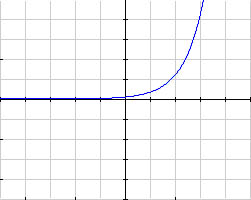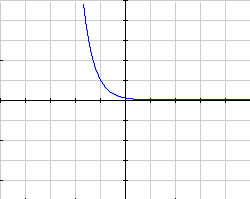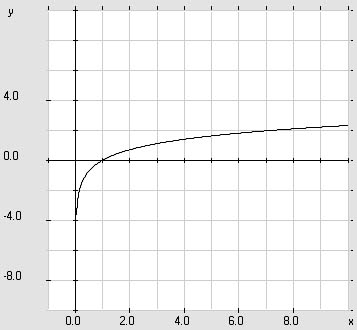Age of the Earth: Exponential and Logarithmic Functions
I. The Natural Exponential Function
When you created a "formula" for predicting the outcomes in the
coin exploration, you created an exponential expression,
100/2n, n = 0,1,2,3, . . .
This can also be written as
100(1/2)n, and if we let the exponent take on values other that non-negative integers, we can change the exponent from n to x to get
100(1/2)x, where x can be any real number.
Now we have created an exponential function; the number raised to the exponent
x is called the base (in this case, ½). Using function notation and
generalizing, we can write any exponential function in the form


